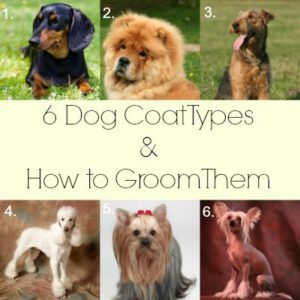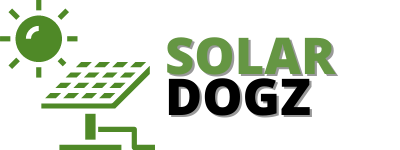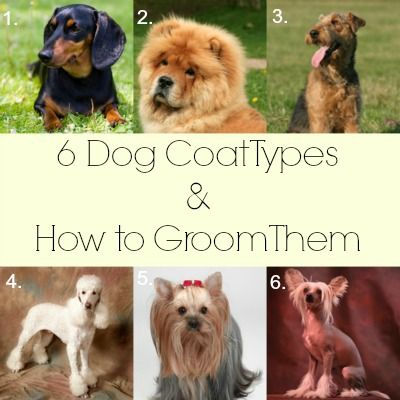A dog grooming shop provides quality services, including fur trimming. A dog’s fur type will help you determine its general health and breed. The most common fur types are the undercoat, the guard coat, and the wire coat. The undercoat is soft and downy and protects your dog’s skin from cold weather. The guard hairs are thicker, harder, and longer than the undercoat. These coats form an extra insulation layer, but they are difficult to keep clean and brushed.

The longest-haired dogs usually have medium-density coats, and they tend to have a thicker undercoat. The fur on a medium-density dog is considered normal. The skin is less visible, and the coat is easier to maintain and clean. While dogs with long, fluffy coats require less grooming and more frequent baths, those with shorter, hairless coats can get away with only brushing once a month.
The coat type of a dog will depend on its size and coat. The double-coated dog, on the other hand, has a thicker coat and is harder to maintain. In addition to the shedding issue, a double-coated dog’s fur can become matted, slick, or curly. The smooth-coated dog, on the other hand – which sheds the least – will not require any brushing or tweezing.
Long-haired dogs typically have medium-density coats. Their fur is longer than human hair and protects the skin from the elements. They also have an undercoat, which protects the skin from the sun and cold. This is the most common coat type for dogs, and most people will have a medium-density dog. If your dog’s fur is short or medium-density, you should keep an eye out for it.
The type of coat on your dog will affect how much you need to groom him. Short-haired dogs have shorter coats, which means they will shed less than their long-haired counterparts. The best way to maintain your dog’s coat is to brush it regularly. Depending on your dog’s size, it may be easier for you to brush the long-haired one than a medium-density one.
Dog fur types vary in thickness and texture. Some dogs have one coat, while others have two. Other breeds have a double or triple coat, which is thicker than the other. The undercoat is a layer of hair that protects the dog’s skin from cold weather and dampness. While most dogs have an undercoat, some have no undercoat at all, which means the undercoat will have to be protected in some way.
Long-haired dogs have short-haired dogs. These dogs typically have medium-density coats. These coats are normally the most normal. If your dog has long-haired hair, the fur on its body will be a medium-density one. Those with thick fur will have short-haired dogs. A short-haired dog will need to be brushed every other day.
Long-haired dogs will have long-haired dogs. They will shed more during the summer months than winter. The best way to keep them clean and healthy is to avoid excessive bathing. The short-haired ones are also easier to care for. Just remember to brush your dog daily if they have long-haired coats. They will shed easily. This is another important factor to consider when choosing your dog’s fur.
The length of your dog’s coat will affect how often you need to brush it. Long-haired dogs tend to shed less than short-haired dogs. The type of fur on your dog’s body will impact your daily routine. While it doesn’t matter how long their fur is, it is still important to make sure it is kept clean and well-maintained. The right fur type will prevent your dog from shedding and help regulate your dog’s temperature.
The type of coat you choose for your dog can affect how much it sheds. If you want your dog to have a smooth, silky coat, you should brush it regularly. However, you should be aware that this type of fur will shed more than a smooth-haired dog. You should check the coat of your dog every week to ensure it doesn’t have mats on its skin. When you’ve brushed your dog’s fur, you’ll be able to tell which one is more comfortable for you.




